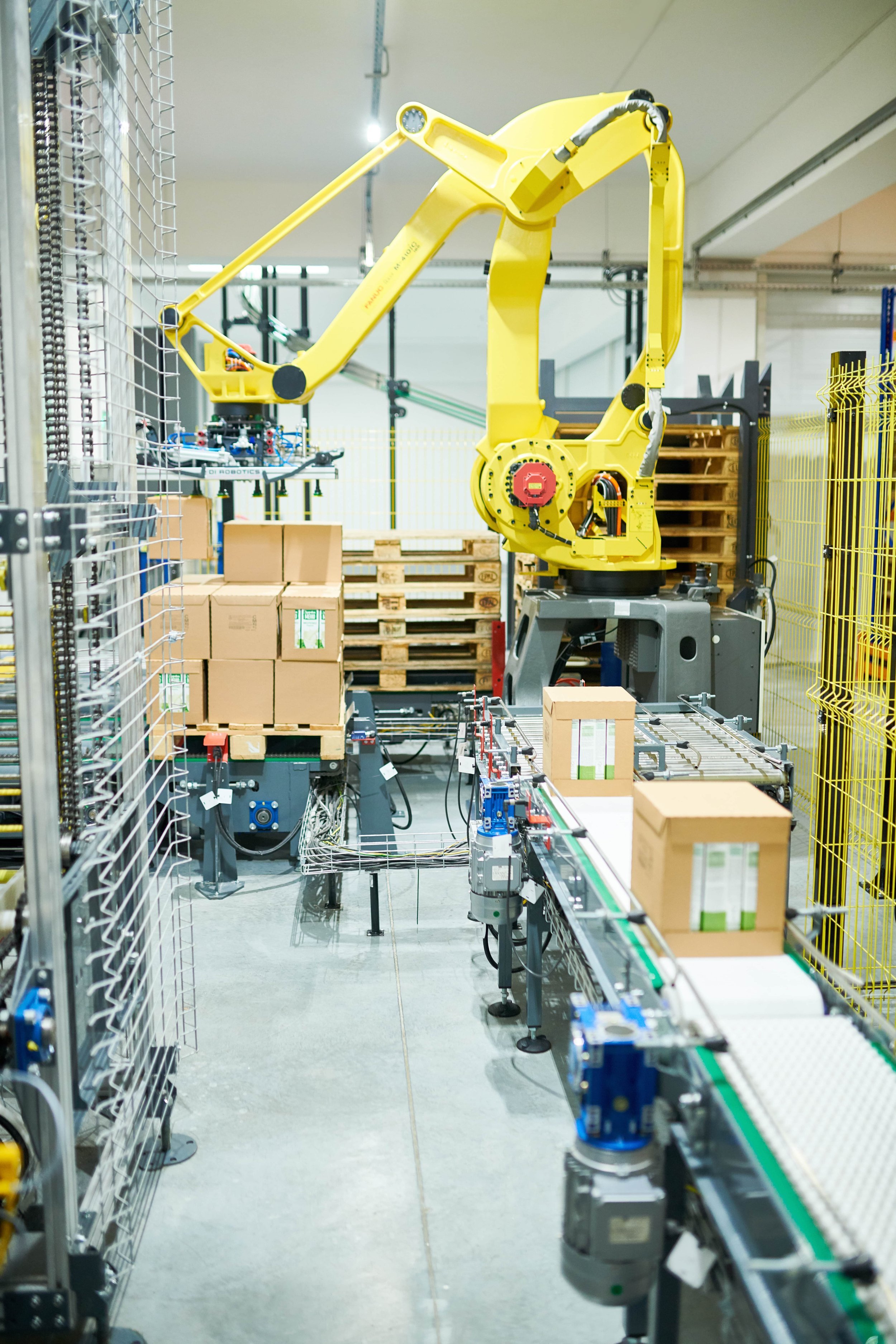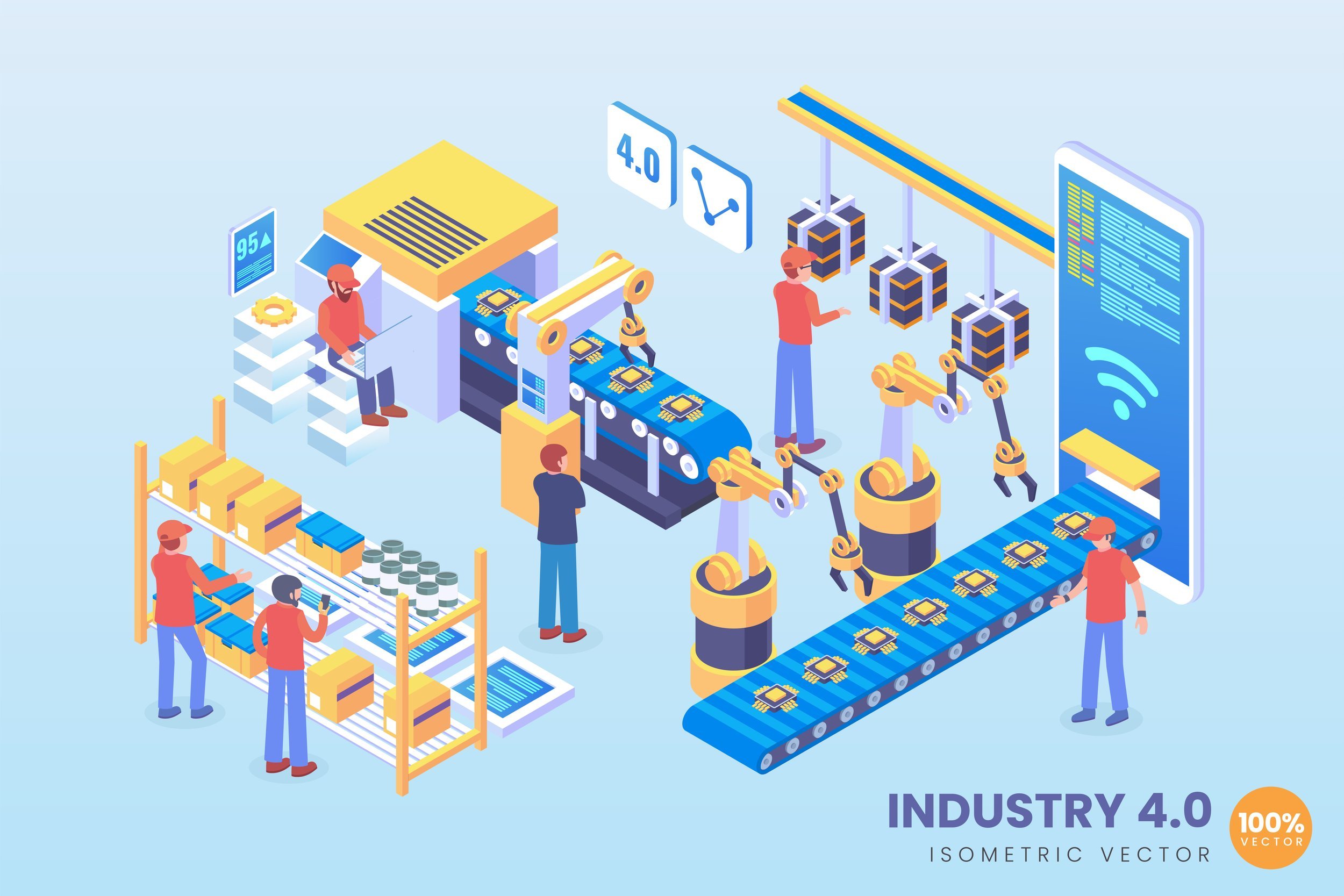3 Steps to Transition into Industrial Automation
As industrial automation continues to revolutionize the manufacturing sector of the economy, what steps should you follow to automate your own company?
Industrial automation is a process of streamlining industrial systems by integrating smart tools and smart technologies to ease your production or fabrication process with very little human intervention. Automation reduces overall operating costs and the risk of human error through increased standardization, speed, and better adherence to the design specifications.
3 Steps to Transition into Industrial Automation
The key advantages of using industrial automation in your production line are an increase in efficiency, a reduction in human error and injury, minimal waste, and optimized lead time. NRTC Automation is making the entire process even easier with our automation services.
Where to begin with industrial automation
Sectors in need of automation to optimize the production process include manufacturing, processing, transportation, and warehousing.
There are three phases of automation, starting from the ground up:
BEGINNER PHASE
This is the first phase of automation. Starting with the basics helps companies understand the areas they can automate. Starting out with industrial automation includes these steps:
Identifying and evaluating areas for automation potential
Installation of sensing infrastructure (e.g. temperature, airflow, and pressure) and other simple task execution automation
Installation of single robots with basic programming to complete simple tasks
At this stage, most companies usually have limited infrastructure and resources for full industrial automation implementation. The general recommendation is to start automating smaller projects to test it properly.
And if it’s a success, it can be scaled further throughout the company.
INTERMEDIATE PHASE
Under this phase, a company is expected to have fully utilized its traditional automation processes so as to introduce some of the more complex automation processes. This phase involves:
Fully utilization of the basic sensing infrastructure installed in the previous phase so as to end up with a highly automated production process
Installation of more advanced sensing infrastructure such as vision systems
Installation of advanced programming that can take advantage of current optimization routines such as machine learning
Installation of industrial robot work cells to fully automate processes along the production line
This stage is where most small- to mid-sized companies find their comfort level and a balance between investment and productive output.
For larger corporations with heavily repetitive processes, such as automotive companies, the next stage of industrial automation may be better suited to their needs.
ADVANCED STAGE
This phase involves the introduction of more complex solutions such as Automated Mobile Robots and Automated Guided Vehicles (AGVs).
At this stage, most companies have mastered both traditional and cutting edge automation technologies that are crucial to industrial automation in all aspects of their operations by automating their manufacturing platforms, optimizing supply chains, and introducing complex data analytics to enhance their decision making.
This phase mainly involves:
Installation and utilization of advanced robotics such as automated guided vehicles
Utilization of the latest automation programming such as neural networks and artificial intelligence
Automation of the most significant indirect tasks such as engineering and management
Implementation of cybersecurity policies for industrial automation network
No matter what stage you’re at, industrial automation solutions can improve any aspect of your business and bring significant value.
Pillars of Industrial Automation
As Industry 4.0 introduces more automated systems along the production line to perform critical tasks, such as using programmable logic controllers (PLC) and automated infrastructure such as robots, Automated Mobile Robots, and Automated Guided Vehicles (AGVs).
The pillars of Industry 4.0 include:
Advanced data analytics
Data analytics is one of the largest contributors and drivers of industrial automation, which is based on the type of data you collect and how you process it. There are 4 types of data analytics.
Descriptive analytics: These analytics help you understand how effective your operations are, and what’s happening with your products and machinery, as it mainly relies on accurate and timely data that allows effective visualization of the company’s processes.
Diagnostic analytics: A diagnostic analysis is all about digging deeper into the root cause of a problem, by answering specific questions on why certain processes are less effective or why they have failed.
Predictive analytics: As the name suggests predictive analysis helps understand what’s likely to happen by reviewing and understanding certain patterns and tendencies. Predictive analytics do come in handy especially when forecasting demand and interpreting sales.
Perspective analytics: Perspective analytics is all about utilizing the information at hand and finding the best strategy to address a particular problem so that a business can optimize every process to its fullest potential.
Enterprise mobility
Enterprise mobility is the largest enabler of Industry automation as it combines several solutions such as enterprise mobility management, mobile app, and device management, together with client management. Some of the goals that intend to be achieved by these solutions include:
Data loss prevention
Compliance with security regulations
Bring your own device (BYOD) programs and other end-user accountability
Portability of the resources and adoption of the mobile applications.
Industrial Internet of Things (IoT)
Technology is key when it comes to automating field operations and integrating with business processes. It allows manufacturers to closely monitor the health and performance of their devices, perform remote troubleshooting, scheduled maintenance, and ensure the safety of operations for employees.
Types of IoT implementations for industrial manufacturing include:
Supervisory Control and Data Acquisition (SCADA) collects real-time data and processes it in real-time through direct integration with sensors, so as to provide insights for optimization.
Programmable logic controllers (PLC) are computers programmed for automatic operations using information from sensors.
Computer Vision
As more companies continue to adopt machine learning and AI, computer vision is providing better solutions to these companies by providing machines with the ability to open doors to new business opportunities on behalf of these companies.
For example, a vision guided robot can identify and analyze a company’s position in regard to the production of a certain item and react as programmed.
Artificial Intelligence and Machine Learning
27% of the largest companies globally have adopted some form of artificial intelligence and machine learning into their processes.
But as small- and mid-sized companies start to catch up with industry leaders through the adoption of advanced machine learning algorithms, these companies are reducing their manual work, optimizing costs, and enabling intelligent decision making.
HARNESS THE POWER OF AUTOMATION WITH NRTC
NRTC Automation is an industry leader when it comes to industrial automation. With NRTC Automation, you can increase your company’s throughput and also maximize profitability.
Unlock your digital factory with NRTC, with automated data collection and product analysis to deliver data-driven insights.
Take action with NRTC Automation and improve your company’s bottom line.



